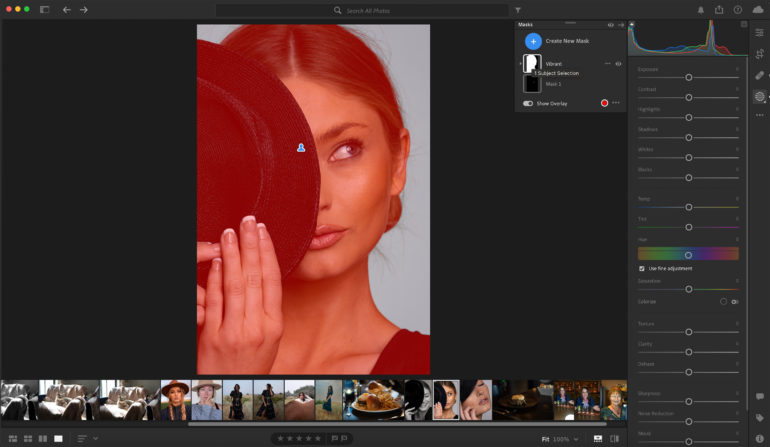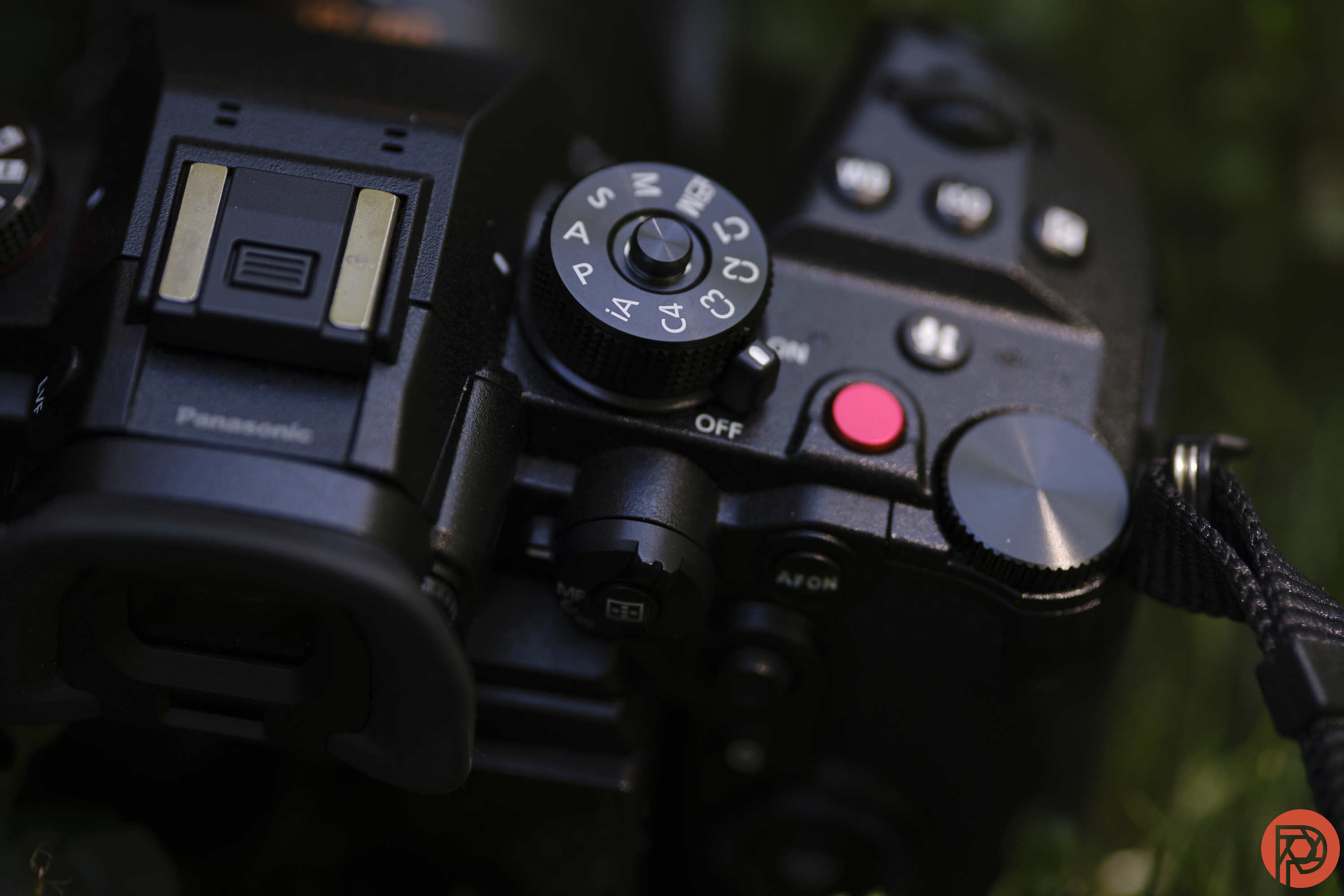Over the past few years, video has pushed its way to the top, shoved mainly by social media algorithms. The change has encouraged some photographers to diversify and offer video alongside photography — but how long-lived is that trend? A new survey by Zenfolio and Format suggests that the amount of photo-video creators have dropped dramatically over last year’s numbers. The same survey also showed that roughly half of photographers use artificial intelligence, but only two percent use the technology that generates images from scratch.
The State of the Photography Industry 2023 is a bi-annual survey of photographers with more than 2,000 participants. This year, most of the photographers were from the US, but the UK, Canada, and Australia also had many participants. The study is done by Zenfolio and Format, both companies behind websites and sales platforms for photographers.
While the survey contains many statistics, one of the more surprising numbers is the change among hybrid photo-video creators. In last year’s survey, 64 percent of the respondents shot photos only, and 34 percent both photos and videos. In the latest study completed in February 2023, 70 percent shot photos only, and just 17 percent dabbled in both.
Despite social media’s prioritization of video, video-only platforms like TikTok remain on the bottom for marketing efforts — only 1.6 percent of photographers earning more than $100k considered it a marketing focus, and only 1 percent among photographers earning less than $10k.
Does that mean video is on its way out? Not necessarily. The two companies conducting the study and the survey itself primarily focus on photographers. Many of the respondents were likely those using Zenfolio and Format. That means the study doesn’t say much about the state of the videography industry or photo-video creators such as social media influencers. The statistic does not indicate trouble for the videography industry.
What it does suggest, however, is that fewer photographers are feeling the need to diversify by adding video to their repertoire. As cameras became capable of doing both in one device, some photographers added video services. Others are investing in high-resolution video cameras and pulling the stills for prints. Some platforms have even theorized that this process of taking stills from video will eventually replace event photography. Yet, the survey suggests that fewer photographers in 2023 are shooting stills and video than the previous year. This is good news for photographers that have felt that video pressure from social media yet lack the time or desire to diversify.
Around half of photographers use AI, but it’s the good kind

The study also dove into the growth of A.I. in photography. While only 20 percent of participants thought the technology was good, almost half said they integrated AI into their workflow. Around 36 percent said they used the tech sometimes, with nearly 14 percent using it regularly.
However, only two percent admitted to using an AI photo generator. A majority use the technology for sharpening and noise reduction. That’s followed closely by auto-subject, background removal, and skin smoothing. Facial recognition and photo culling were also on the list.
Generative AI has mainly been criticized by the photography community, from copyright lawsuits over the training data to a photographer who won a photo contest with an AI image to prove a point. But, not all AI is wrong — 91 percent of those surveyed listed editing among the top three tasks that demand most of their time. Roughly 41 percent said they wanted to spend less time editing. Besides the obvious answer of getting it right in camera, AI-based technology is already helping to make that possible. Just look at Lightroom’s ability to automatically select the skin or teeth in a portrait or Photoshop’s ability to detect and select the subject.
There is a wrong way to use AI — generating an image without properly labeling it as a computer’s creation. Only two percent of respondents said that they used an AI photo generator.


